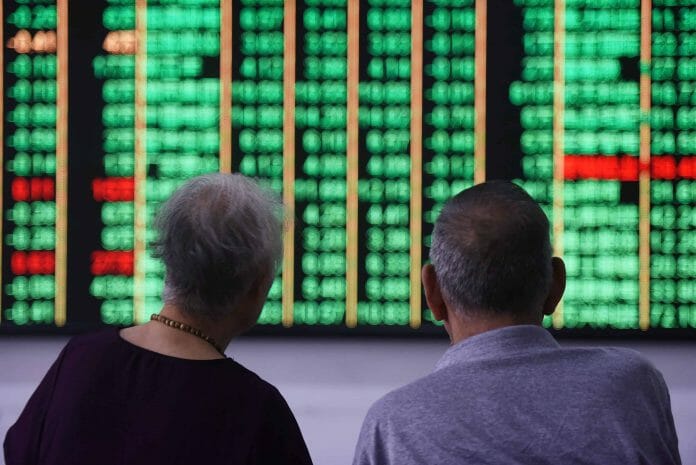The investment teams from Manulife Asset Management share their views on this latest development
President Donald Trump signalled his intention to increase tariffs on USD200 billion of Chinese imports from 10% to 25% starting Friday 10 May 2019, while another USD325 billion of untaxed goods could face 25% duties “shortly”. The warning comes ahead of this week’s scheduled talks between the US and China, which market observers still hope will result in the finalising of a trade agreement.
Market reaction
The equity market response on Monday 6 May (14:00 HK time) was significant, with the Hang Seng index and CSI 300 index once down by 3.7% and 6.3% respectively. In currencies, the offshore renminbi (CNH) tumbled by as much as 1.3% against the US dollar, its most significant drop since January 2016, while onshore renminbi (CNY) once dropped 0.9% to 6.7976.
Chinese Vice-Premier Liu He is set to arrive in Washington this week to meet with US Trade Representative Robert Lighthizer and US Secretary to the Treasury Steven Mnuchin. Observers originally believed that the goal of this session is to finalise an agreement. Ministry of Foreign Affairs spokesman said on Monday that a Chinese delegation was still preparing to travel to the US for trade talks, but didn’t confirm the date or whether the group would be led by Vice Premier Liu.
Manulife Asset Management views:
Hong Kong China equities
Kai Kong Chay, Senior Portfolio Manager (Hong Kong China equites) has reiterated that a global trade war is not in our base-case scenario, but recognises that any type of trade negotiation is a drawn-out process and heightened market volatility may persist.
If trade tensions do worsen, Chay believes that the Chinese government could soften the economic impact of an increase in tariffs by introducing further supportive policies targeted at domestic consumption. Some key measures that have already been implemented include a cut in value added tax and a reduction in the social security contribution rate.
Chay added that the Hong Kong and China portfolio remains focused on bottom-up stock selection by identifying companies with solid fundamentals.
Major themes include i)consumption upgrades, such as education and property management services, which are structural domestic-growth stories; ii)R&D and innovation: in addition to healthcare, the team focuses on businesses that can help China to reduce its dependence on certain technological imports; and iii)policy-driven companies, as environmental protection is a long-term theme that will receive ongoing government support. In addition, the team seeks to identify firms that will be beneficiaries of China’s recent policy measures.
China Fixed Income
Paula Chan, Senior Portfolio Manager (Fixed Income, Asia), believes that the investment market is undoubtedly in a risk-off mode and could well fall further if China confirms that it will cancel its trip to Washington this week which would add to the overall uncertainty. That said, given the Fed has turned more dovish this year, we believe the Fed’s current stance will be more supportive for risk markets compared to late 2018 when the Fed was still increasing rates.
Chan also thinks that the US dollar will remain strong and expects the USD/CNY position could retest the previous high of 6.89 if trade tensions continue to worsen, although the 7.00 level is still expected to hold even in this scenario.
The China bond team has been steadily reducing risk on the credit front throughout April and into early May, locking-in some profits given the strong rally in assets since the start of the year. As a result, the portfolio is now more conservatively positioned compared to the start of 2019. The team has also maintained an overweight position in duration that could benefit the portfolio as the People’s Bank of China will likely i) Inject further liquidity into the system; 2) Ensure financial stability; and 3) Consider other easing measures such as RRR cuts to cushion the economy from further deterioration.









